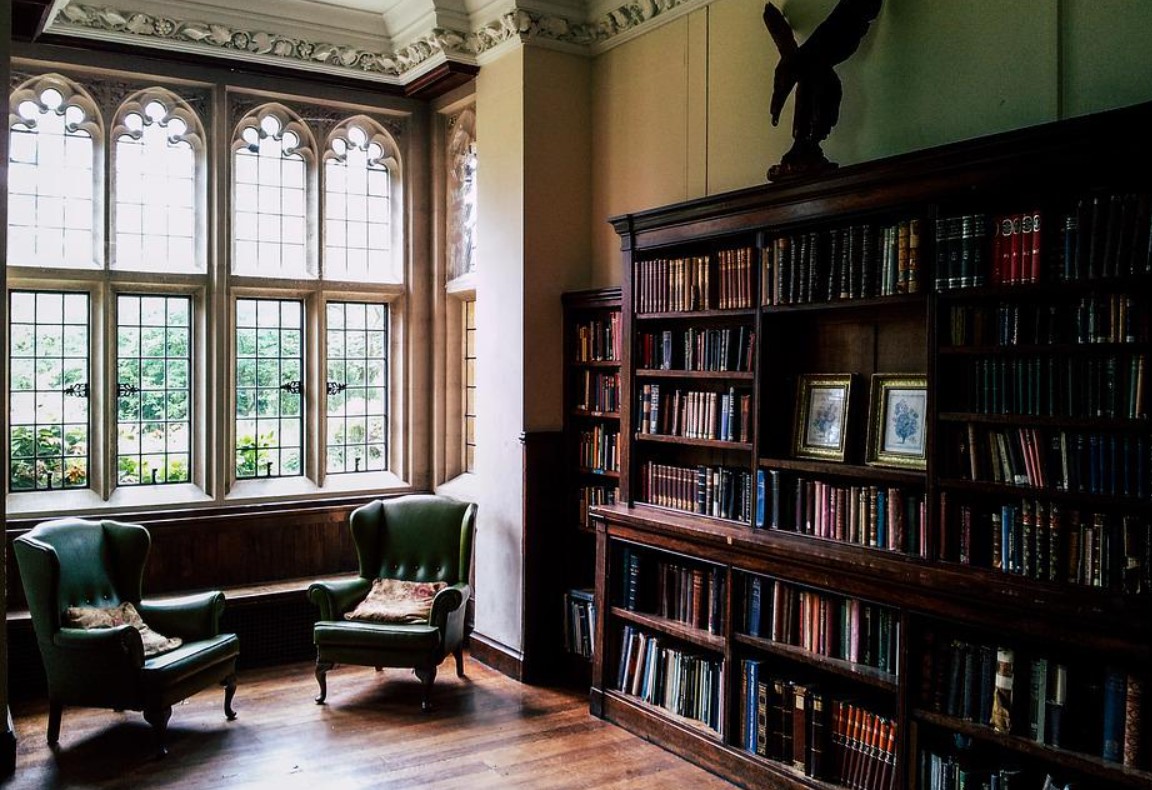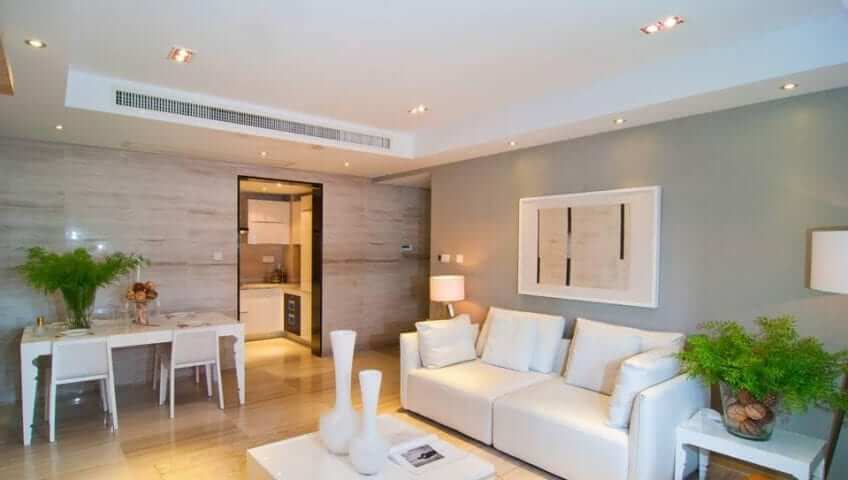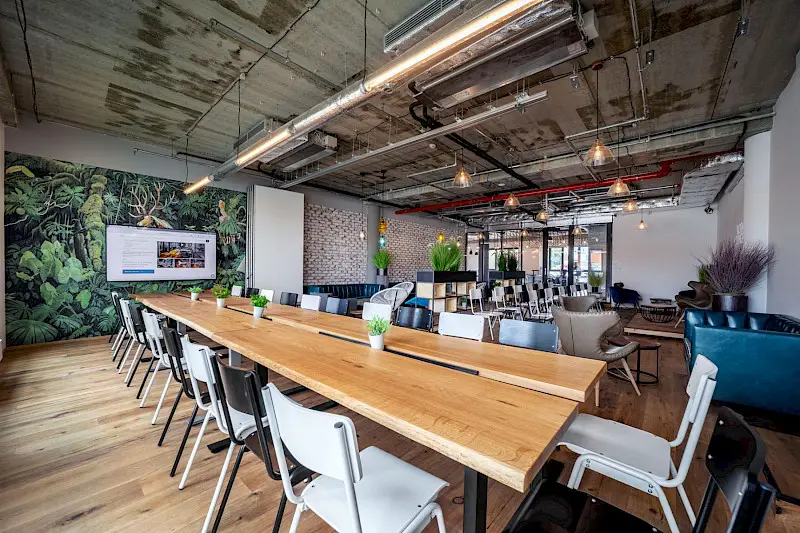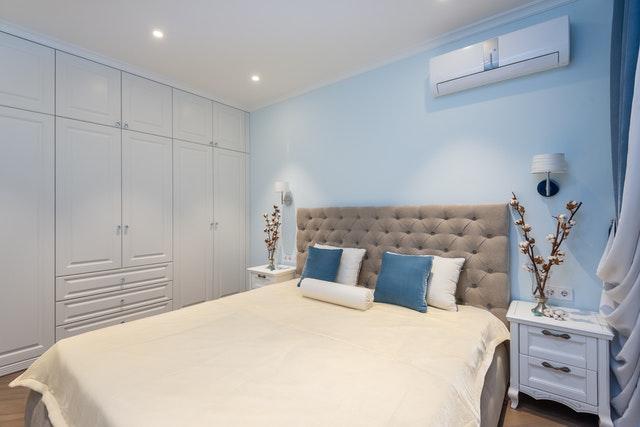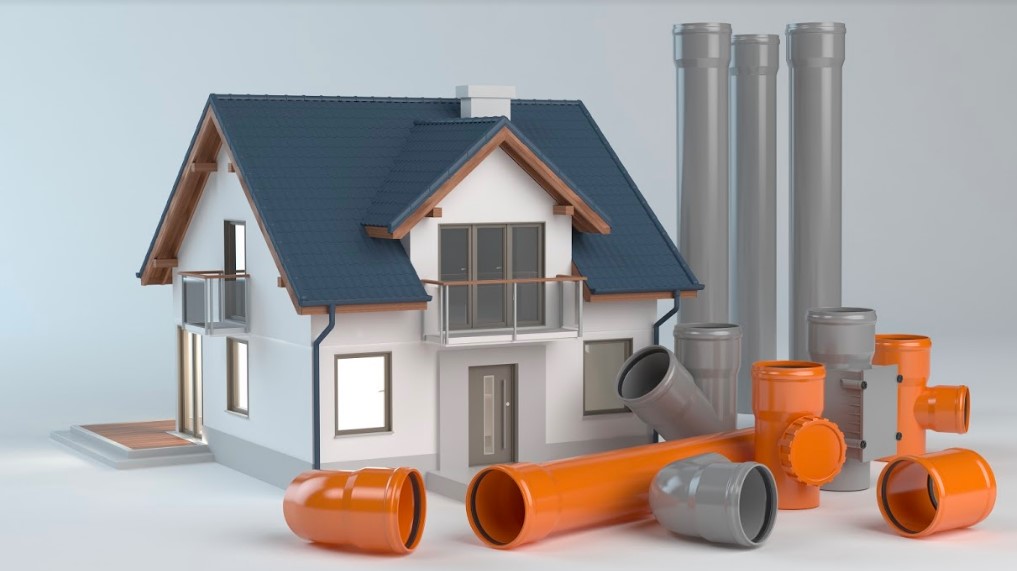Reading is a great way to escape the reality of this fast-paced world. It helps you disassociate from the harsh surroundings for as long as you want. The positive repercussions of reading for mental health aren’t a surprise.
These aren’t only the biased opinion of an avid reader, but confirmed fact proven by research that says reading has impacts for both our physical and mental health. Reading lights up complex structures and circuits in our brains. The more you read, the stronger these neural pathways become. Moreover, reading leads to more gains in knowledge, efficient learning, and ensures that you keep discovering new information.
However, if you like to buy books, you might run out of a suitable place to keep all your resources. This challenge is common to all book lovers; the solution to which is setting up a home library. Home libraries are personalized spaces dedicated for book storage only.
It can also serve as an excellent place to sit and read in a comfortable atmosphere. Transforming a space into a library might seem like too much of a stretch for most people, but reading the list of tips compiled below, you will be able to start working on the nuts and bolts of your future bibliotheca (library).
1. Make shelving space
Most homes are cluttered to the point where nothing seems to fit. Setting up a home library means you need a large area to put down the shelves. One way of making space would be to store away items that are not in your daily use.
You can try to make room for extra possessions in your storage closet, however, you will need to move some of your belongings into storage units if you have a limited space.
For people living in Arkansas, it is easier to just contact Bentonville storage units, and have their stuff transported into the rented storage spaces there.
Another way you can make space is by moving the furniture around. You can also get rid of items that are just lying around. Make sure that the wall you choose a long wall for the shelves to put up against.
2. Perform an inventory check
The reason you want to build a home library is either because you have a pile of books lying around which are in need of a home, or that you plan on getting more books in the future.
Whatever the case may be, you must begin assessing how many books you already own. An inventory count will give you an idea of how long your shelves should be. Taking an inventory will help you avoid problems later and having to make adjustments for lack of shelves.
After you’ve taken the full inventory, you can then start separating the books into different piles by category. Label each pile according to category or get rid of books you’d have no need for. Inventory-taking will allow you to make the hard decision of getting ridding of some books and keeping others.
The number of books you buy and those you currently own will give you a rough estimate of how much shelving space you will need.
3. Design the shelves
The next step in the process would be to design the shelves. Start by taking measurements of the area that will house the shelves. Keep your inventory in mind when you decide on the size of the shelving.
Using design tools, you can choose a great design for your shelves. You can put in the measurements and use that as a guide to order shelves online. A virtual model will allow you to see what the finished product will look like once completed. Online tools allow you to experiment with different styles without actually spending money in the process.
You can also use apps like Pinterest to style your home library based on the ideas that are posted there. Make sure you weigh your options before you decide on what kind of shelves you want. The different types include built-in, freestanding, corner, and adjustable shelves. Choose the one that works best for the space you currently have.
Since it is a home library, you can completely personalize it according to your preferences. You get to decide whether you want horizontal or vertical shelves, the wood used for it, and the finishing and color the shelves will have.
4. Make it functional
It is easy to get carried away with the design and diluting the ultimate reading experience. For example, you might be inspired to divide books by color-codes, and sure that will make your library look cool to anyone visiting it, but it might less functional when you want to find books based on the topics and genres.
You also don’t want to keep books with their spines facing inwards toward the wall. It makes navigation harder, as you’ll have to take out every book before you can find the right one.
5. Tie in everything together
From décor perspective, it looks distasteful when the room and furniture don’t complement each other. Once you are done with setting up the shelves, it’s time to plan a good seating arrangement for your home library.
Choose your own aesthetics: vintage or modern. Ensure that your furniture and shelves complement each other. A modern shelf with a vintage chair might throw some people off. In short, the color theme of the library needs to be consistent.
Remember that too many furniture and decorative pieces will give off a messy look. Keep it simple no matter how much you have to fight off the urge of putting in another chair.
Decide on whether you want natural or artificial lighting in the room. You need to make sure that library is well-lit.
Conclusion
Setting up a home library is a commendable milestone that every avid reader strives to achieve eventually. Explore ideas over Pinterest, Instagram, or other social websites to know what kind of setup will best complement your reading needs.
